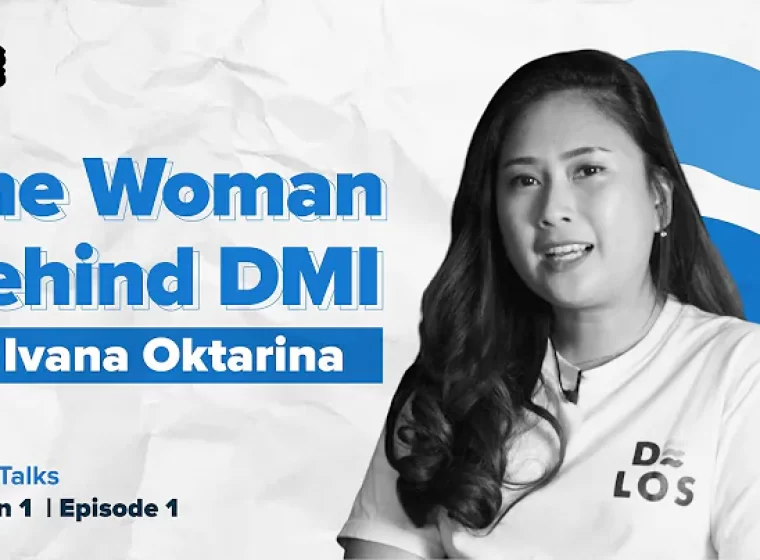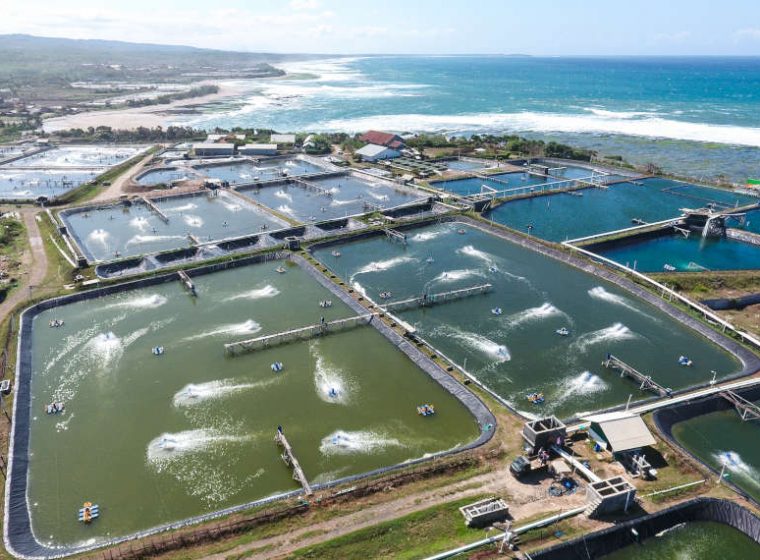Ponds are places where shrimp, fish, and other aquaculture commodities are cultivated. In practice, parts of the pond should be manufactured according to sustainable and environmentally friendly standards.
As a place where shrimp grow, ponds must be designed and given special care to provide ideal conditions for shrimp. This pond consists of various essential parts to function correctly and produce high productivity.
Therefore, below we have summarized the parts of a sustainable and environmentally friendly pond that you can use as a reference.
Also Read: 5 Types of Shrimp Pond Aerators and Their Functions
Environmentally Friendly Parts of Ponds
1. Quarantine Pond
The first parts of the pond are quarantine ponds which function as water reservoirs with standard water quality standards. This quarantine pond is used as a water supply when changing new water to rearing ponds or reservoir ponds.
Quarantine ponds are placed before rearing ponds to facilitate water distribution. Optimally, a quarantine pond can accommodate between 30-50% new water, depending on the level of technology applied.
2. Water Distribution Channels
The next part of the pond is the water distribution channel which helps divide water into each rearing pond. Usually, the water distribution channel is placed on a strategic side to facilitate the distribution of water.
For ponds that are small in scale, this pond is usually combined with a quarantine pond to save land.
3. Cultivation Pond
The fry is stocked and raised in a rearing pond until harvest time. Ideally, this pool is located in the middle of the pond. Meanwhile, the area of the pond depends on the cultivation system being run, for example, for an intensive system between 2000-4000 square meters.
Rearing ponds can be square or circular. However, ideally, each corner should be obtuse to facilitate water and waste management at the bottom of the pond.
4. Sludge Pond
As the name suggests, a sludge pond is a storage area for sludge originating from the rearing pond. This pond is located near the water and waste disposal center to facilitate its operation.
Also Read: The Importance of Alkalinity in Shrimp Ponds, Check Your Alkalinity Now!
5. Reservoir Pond
Reservoir ponds or also known as biofilters, are ponds used to filter organisms, pests, and diseases that can harm shrimp. These ponds are usually located after settling patches.
In reservoir ponds, seaweed, mangrove shells, oysters, and mangrove plants are usually found, which function as biofilters to absorb toxic substances such as NH3, CO2, and nitrites in the water.
6. Waste Treatment Pond
The next part of the vannamei shrimp pond is the waste treatment pond, a reservoir for wastewater from the grow-out pond. The water will be chemically and biologically sterilized in this pond before being discharged into the sea.
7. Central Sewer
The central drain is a water disposal system in the middle of a shrimp-rearing pond. This channel is made of cast cement in a round shape to drain water toward the sewer. While in terms of size, it can be adjusted to the needs of each pond.
8. Monik’s Door
The last parts of the pond are monik doors and water discharge gates. This door is made of cast cement and buis concrete, with a control door on the bund’s inner side.
The size of the monic gate depends on the pond area and the existing bund construction. In simple ponds, the drain gate is usually not made of concrete but of wood or PVC.
Also Read: How to Maintain the Water Quality for Vannamei Shrimp Ponds to Stay Optimal
Choose DELOS for your Vannamei Shrimp Cultivation
Applicable regulations must design parts of the pond, of course, also to ensure sustainability. Moreover, the pond is a place for cultivating vannamei shrimp, so it must be made as similar as possible to the original ecosystem.
For those of you who want to start building ponds, DELOS is the right place for you. DELOS is the best science, technology and operational management-based aqua-tech company that can help you explore new opportunities in the aquaculture field.
DELOS farm management is also supported by the AquaHero application, which can make it easier for you to monitor the condition of the shrimp in the pond just through a gadget every day.
Want to get pond supplies at affordable prices? AquaLink can connect you with producers and farm owners to get and sell pond products at the best prices.
Contact the DELOS Team via contact@delosaqua.com or submit via our website contact column at www.delosaqua.com to get the best offer for your vannamei shrimp farming business. Manage your shrimp ponds with DELOS!




